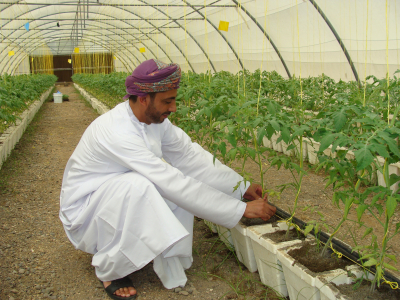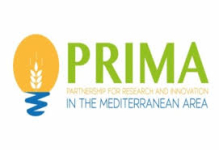ABOUT US




Improving the sustainability and water productivity of irrigated land in the semi-arid areas of the Mediterranean basin is considered as a priority at the European level. A consortium of academic institutions and small and medium-size entreprises was gathered recently to address a further challenge: monitoring the drainage at integrated spatial scales over irrigated perimeters and assessing the impact of that drainage on the river flow and water quality downstream. Drainage of irrigated agricultural land is necessary to maintain irrigation activities by avoiding salt build up and water logging. But the water drainage also affects the quality of rivers by return flow. There is thus a crucial need to monitor drainage over irrigated areas and our project proposes an approach to fill this gap by using remote sensing data.













